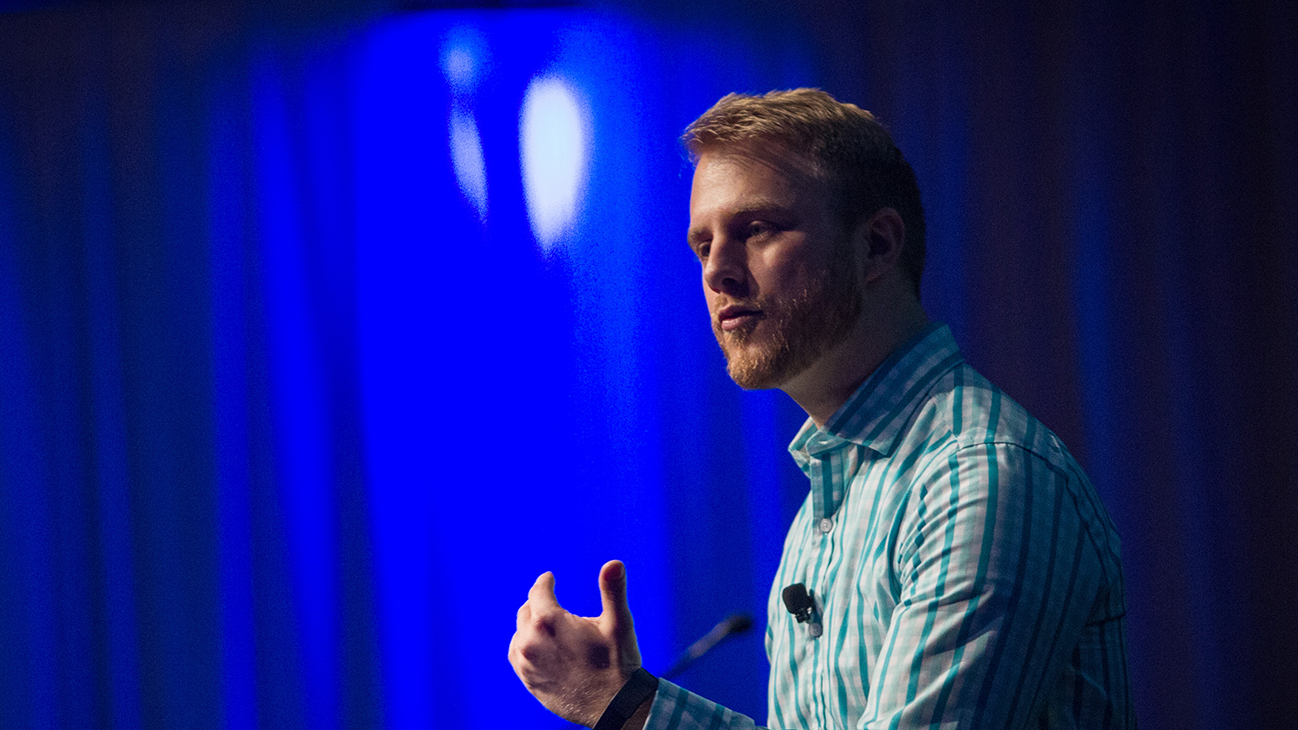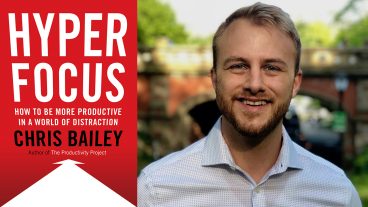Chris Bailey is known for providing practical, tactical advice on how to become more productive. But, in a recent article for TIME Magazine, he makes a case for laziness — calling it a lost art — and encourages us to embrace our lazy sides to increase our productivity. This is something we can get on board with!
Chris defines laziness as true “idleness”, when we choose to do nothing. We stop scrolling through Facebook and checking our emails, and instead we put our mental feet up and allow our brain to clear out some of the clutter. It’s in this space, where great ideas and flashes of brilliance strike. “While focusing makes us more productive,” Chris says, “unfocusing makes us more creative.”
Below is a segment from his article explaining the science behind allowing ourselves to have lazy or idle days, read the whole piece here.
When our attention is at rest — like during bouts of idleness or laziness — our mind wanders to fascinating places. One study, which periodically sampled people’s thoughts while their minds were wandering, confirmed this. The places our mind wanders to include the future (48% of the time), the present (28%) and the past (12% of the time). For the time that remains, our mind is typically dull or blank. The exact percentages don’t matter much — instead, it’s worth highlighting that this wandering isn’t as unproductive as we may think. An idle mind allows us to do three critical things:
- Rest. When our attention is at rest, we’re at rest. When we choose to let our mind wander — I call this state of deliberate mind wandering “scatterfocus” — we don’t have to regulate our attention. This makes the mode energy-restorative, which helps us focus more deeply later. To extend these energy benefits, it helps to do something pleasurable, effortless and habitual while you rest your attention, such as investing in a creative hobby, running without music or walking to get a coffee without your phone to distract you. Doing something habitual has also been shown to lead to more creative insights.
- Plan. Research shows we think about the future 14 times more often when our attention is scattered, compared to when we’re focused. We also think about our long-term goals seven times as frequently when our attention is at rest. Acting upon these goals is another matter, naturally, but strategic laziness allows us to set intentions and recall our goals in the first place.
- Unearth ideas. Our wandering mind connects all three mental destinations: the past, the present and the future. This allows us to experience significantly more creative insights than when in a focused state. For example, you may recall an idea you read a few weeks back and connect it with how to solve a current work situation. Our most counterintuitive, insightful ideas come when we’re unfocused.
The best productivity tactics are the ones that, for every minute we invest in them, we make that time back and then some — they allow us to accomplish that much more, and work that much more efficiently. I include laziness in this category. When we’re idle, it doesn’t look like we’re doing much. But mentally, the exact opposite is true.
Called “the most productive man you’d ever hope to meet” by TED Talks, a “productivity mastermind” by Fast Company, and “a quirky and energetic guide through the productivity thicket” by the Harvard Business Review, Chris transforms how people think about productivity in the workplace and beyond.
Chris is the author of the bestseller The Productivity Project: Accomplishing More by Managing Your Time, Attention, and Energy, and his new book Hyperfocus: How to Be More Productive in a World of Distraction.
Interested in learning more about Chris and what he can bring to your next event? Email us at [email protected].




